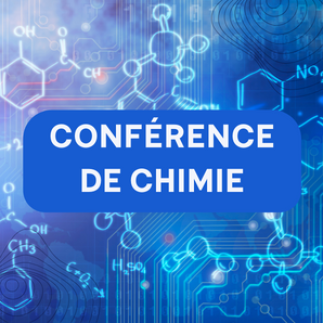Titre:Coupling photoredox with bioinspired molecular catalysts for O2 and CO2 activation
Coupling photoredox with bioinspired molecular catalysts
One main thrust in bioinorganic chemistry is the design and making of chemical models of the active sites of many enzymes. The idea is to provide insights in the mechanistic functioning of the enzymes and importantly to replicate their unmatched catalytic properties. While often trapping intermediates following chemical and electrochemical pathways are tedious, using a photoredox module to interrogate the light driven activation processes can be alternative and elegant route. We shall discuss on the light driven activation of:
- O2 with non-hemic models for Oxygen Atom Transfer reactions
- CO2 to CO transformation with iron porphyrins catalysts
Ref
- A reversible Electron Relay to Exclude Sacrificial Electron Donors in the Photocatalytic Oxygen Atom Transfer Reaction with O2 in water. N-T. Vo, et al, Chem. Int. Ed., 2019, 16023-16027.
- Atropisomeric Hydrogen Bonding Control fo CO2 Binding and Electrocatalytic Reduction Enhancement at Iron Porphyrins, Gotico, et al. Angew. Chem. Int. Ed., 2020, DOI: 10.1002/anie.202010859
- Dissection of Light-Induced Charge Accumulation at a Highly Active Iron Porphyrin: Insights in the Photocatalytic CO2 Reduction, E. Pugliese et al. Chem. Int. Ed., 2022, e202117530

